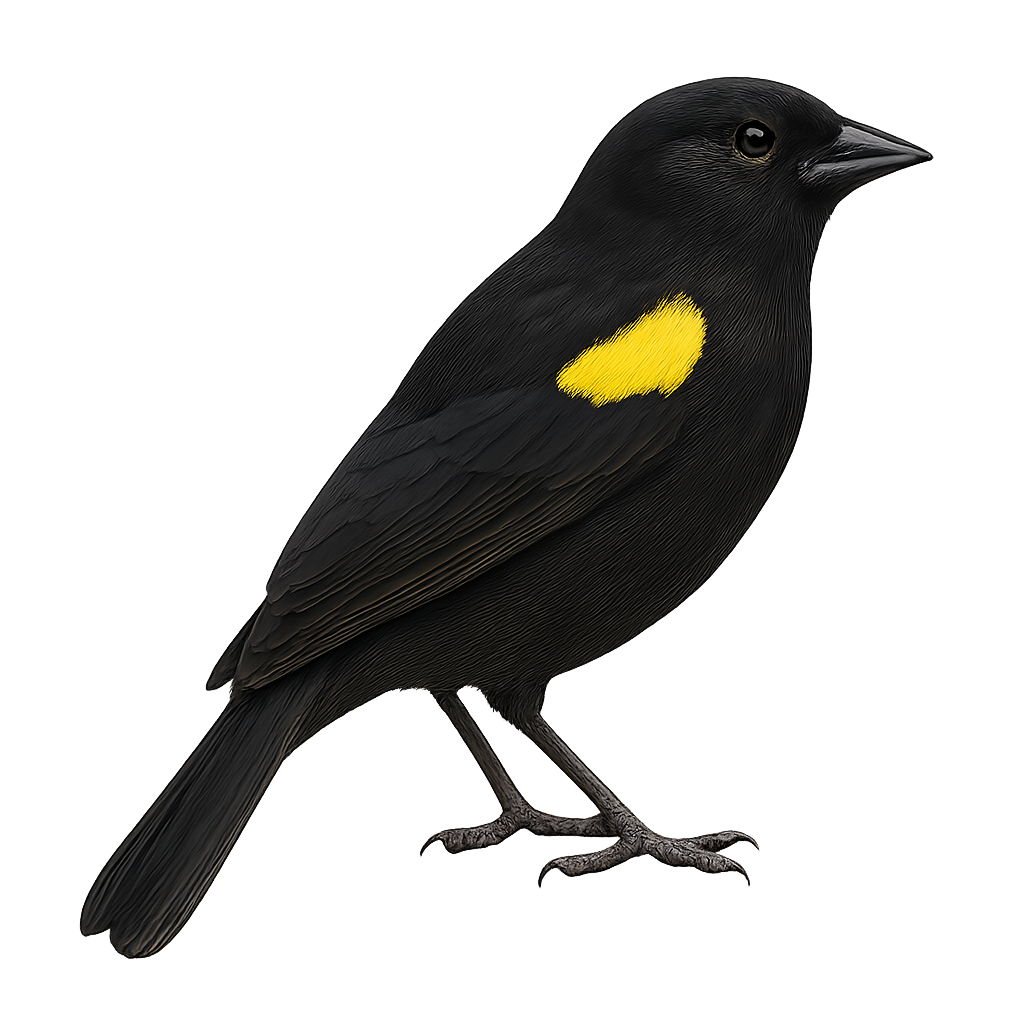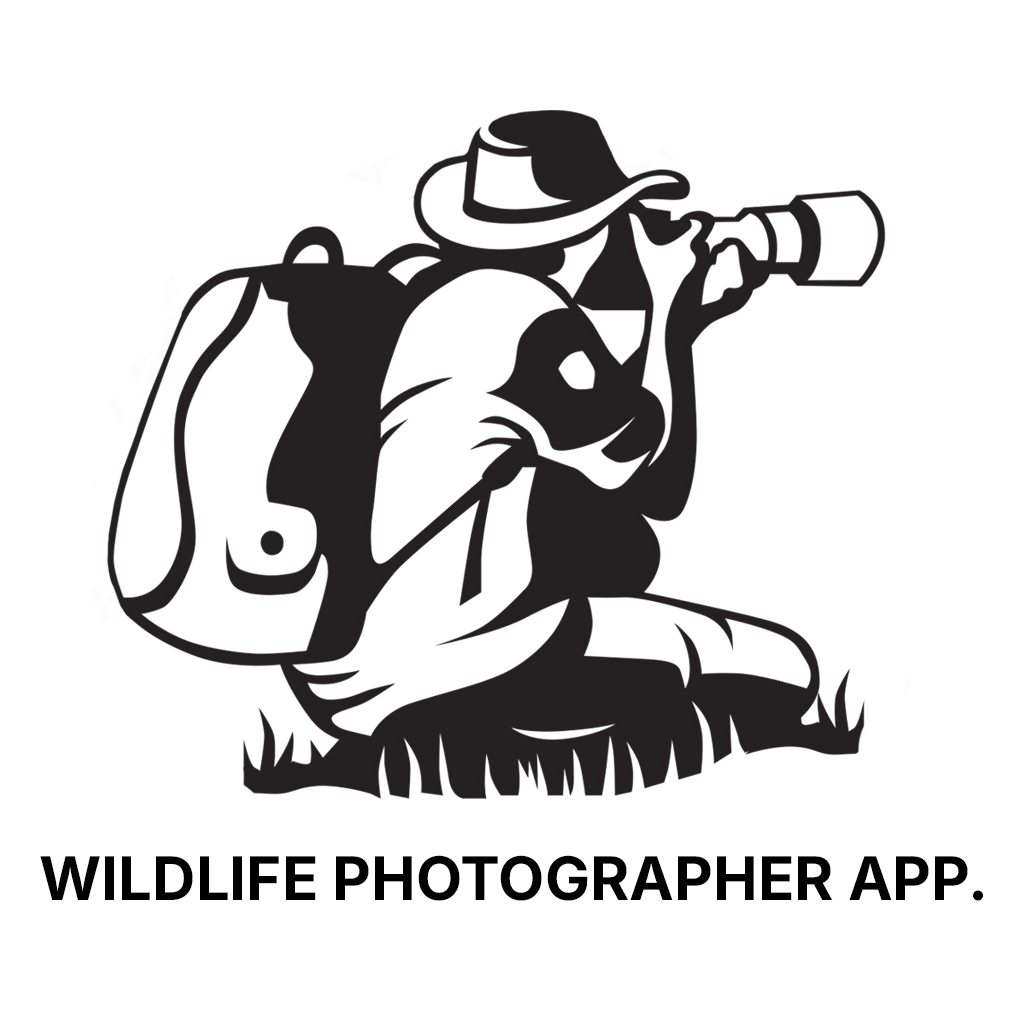Your wildlife photography guide.
Explore the yellow-winged blackbird in detail, study its behavior, prepare your shots.
Where to observe and photograph the yellow-winged blackbird in the wild
Learn where and when to spot the yellow-winged blackbird in the wild, how to identify the species based on distinctive features, and what natural environments it inhabits. The WildlifePhotographer app offers tailored photography tips that reflect the yellow-winged blackbird’s behavior, helping you capture better wildlife images. Explore the full species profile for key information including description, habitat, active periods, and approach techniques.
Yellow-winged Blackbird
Scientific name: Agelaius thilius

IUCN Status: Least Concern
Family: ICTERIDAE
Group: Birds
Sensitivity to human approach: Suspicious
Minimum approach distance: 10 m
Courtship display: October to December
Incubation: 11-13 jours
Hatchings: October to January
Habitat:
Wetlands, marshes, open grasslands
Activity period :
Primarily active during the day, with peak activity in the morning and late afternoon.
Identification and description:
The Yellow-winged Blackbird, Agelaius thilius, is a medium-sized bird easily recognizable by its distinctive yellow shoulders. It primarily inhabits wetlands, marshes, and open grasslands in South America. Its glossy black plumage contrasts with its bright yellow shoulders, making it particularly visible in its natural habitat. Males are generally more colorful than females, who have duller plumage. This bird is often seen in flocks, especially outside the breeding season. Its song is melodious and varied, used to mark its territory and attract females. Although quite common, it is important to preserve its habitats to ensure its survival.
Recommended lens:
400 mm – adjust based on distance, desired framing (portrait or habitat), and approach conditions.
Photography tips:
To photograph the Yellow-winged Blackbird, choose early morning or late afternoon when the light is soft. Use a 400mm or longer telephoto lens to capture precise details without disturbing the bird. Be patient and discreet, as these birds can be suspicious. Focus on wetlands where they are often active. A tripod can be helpful to stabilize your camera, especially if using a long focal length. Remember to check your exposure settings to avoid overexposure, especially with the glossy black plumage.
The WildlifePhotographer App is coming soon!
Be the first to explore the best nature spots, track rutting seasons, log your observations, and observe more wildlife.
Already 1 431 wildlife lovers subscribed worldwide

